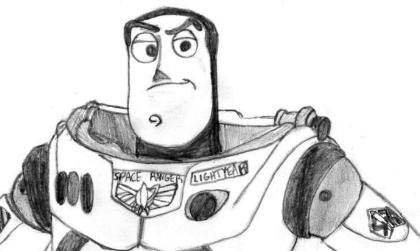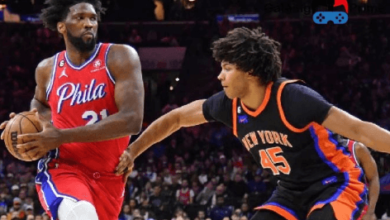Drawing:254cd14qvza= Brain

Drawing serves as a significant cognitive exercise, profoundly influencing various brain functions. As we engage in this creative process, we stimulate motor skills, enhance visual perception, and bolster critical thinking abilities. Recent neuroscientific findings highlight the dual role of drawing—not only as a medium for artistic expression but also as a tool for emotional communication and stress relief. This intersection of art and science opens up intriguing questions about the potential of drawing to transform our mental landscapes. What deeper implications might this practice hold for personal development and emotional resilience?
Read more: Drawing:Drh1eu_Fjxi= Honeybee
The Science of Drawing
The science of drawing encompasses a complex interplay of cognitive processes, motor skills, and visual perception, all of which contribute to the creation of compelling visual representations.
Neuroscience insights reveal how these elements foster artistic expression, allowing individuals to communicate their thoughts and emotions more freely.
Understanding this intricate relationship empowers artists to harness their innate creativity, enhancing their ability to convey ideas visually.
Cognitive Benefits of Art
Engagement with art fosters a multitude of cognitive benefits, enhancing critical thinking, problem-solving skills, and creativity in individuals of all ages.
Art therapy plays a significant role in cognitive development, allowing individuals to express thoughts and emotions, ultimately improving mental acuity.
Enhancing Well-Being Through Creativity
Creativity serves as a powerful tool for enhancing overall well-being, offering individuals a means to express themselves, cope with stress, and foster emotional resilience.
Art therapy exemplifies this, enabling participants to engage in creative expression that promotes healing and self-discovery.
Read more: Drawing:Fxvebucj1uo= Dragan
Conclusion
In the intricate tapestry of human experience, drawing emerges as a vibrant thread that weaves together cognitive engagement and emotional expression.
This art form not only sharpens the intellect but also cultivates a sanctuary for the soul, fostering resilience against the pressures of life.
By embracing the transformative power of creativity, individuals can illuminate their paths toward personal growth and fulfillment, painting a brighter future where imagination reigns and well-being flourishes.




